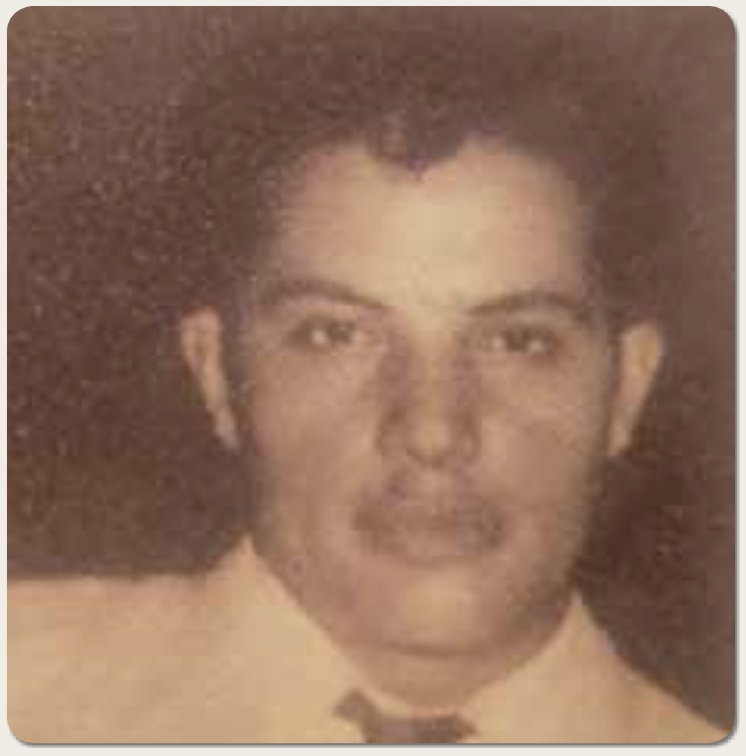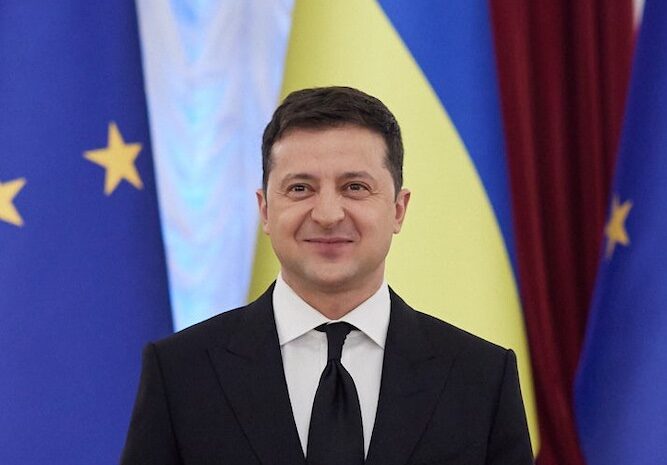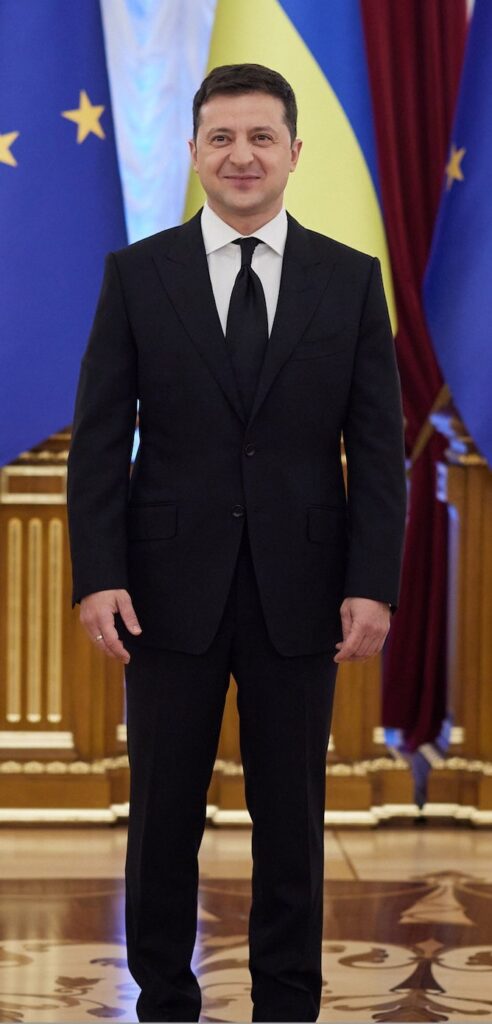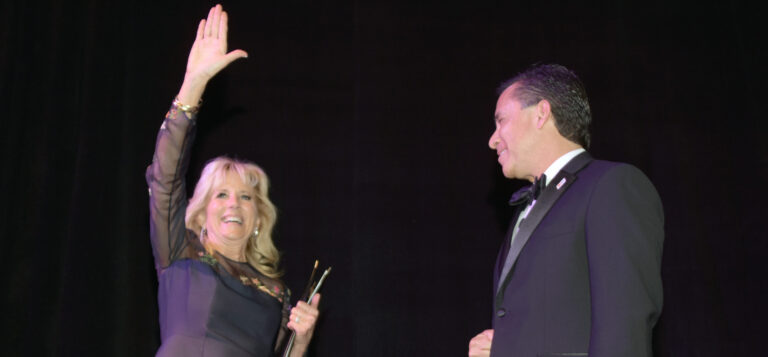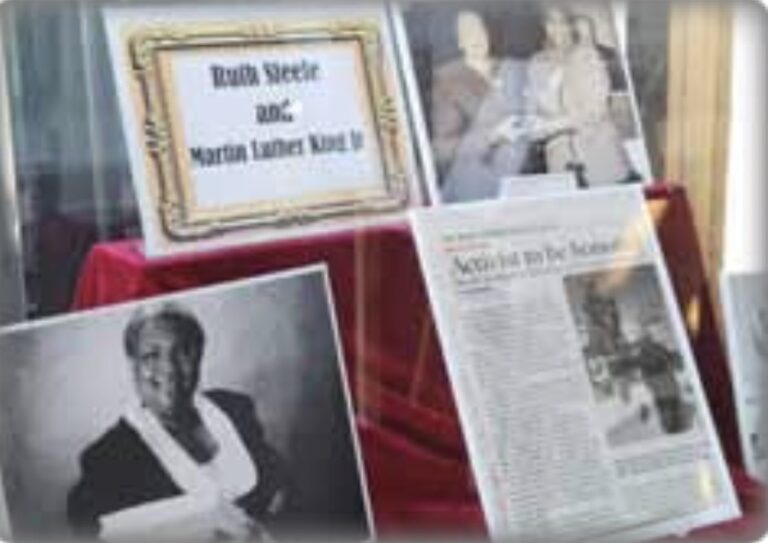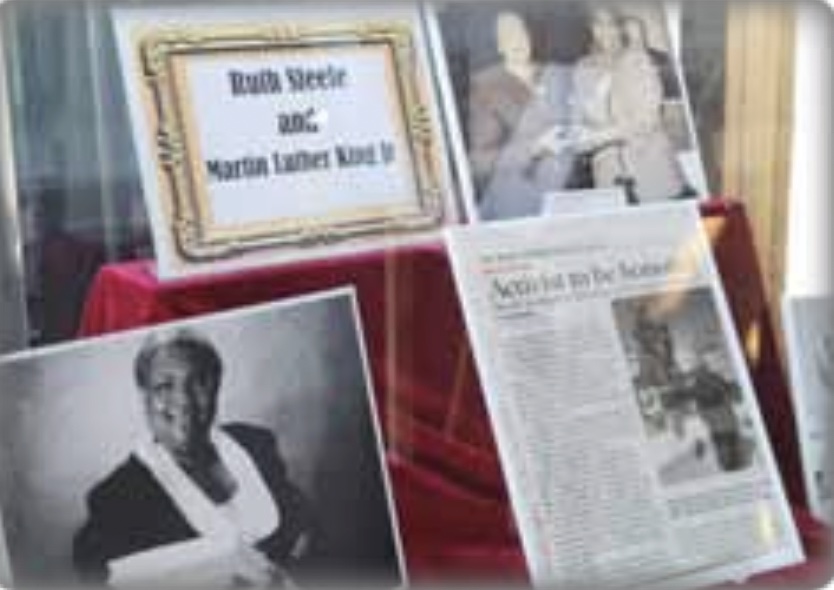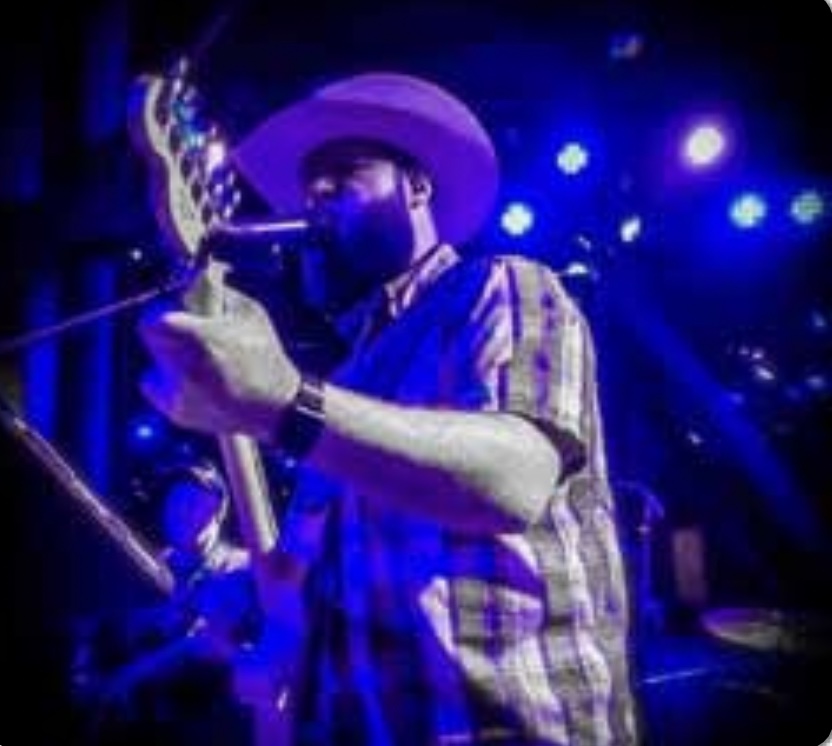By: Ernest Gurulé
It doesn’t matter who you are when February and Black History Month arrive. There is—guaranteed—something new to learn about the one group of Americans that does not come from immigrant stock. Despite everything said about this being a nation of immigrants, by the very nature of our history, African Americans are not immigrants. Instead, they are a people that 421 years ago, were kidnapped on the other side of the Atlantic Ocean and arrived on this continent against their will.
Still, despite a painful, often bloody and tortured history in this country, African Americans have endured and woven extraordinary contributions into the American fabric. And Black History Month, an official federal commemoration since 1976, illuminates the amazing contributions Black men and women have made over four centuries. Various incarnations of Black History Month were celebrated long before, but it wasn’t until 1976 when President Gerald Ford made it official. February was chosen because it marked the birth month of Abraham Lincoln who signed the Emancipation Proclamation and famed abolitionist Frederick Douglas.
African Americans, the well-known and the unfamiliar, have made contributions in science, education, medicine, architecture, the arts and every discipline despite the birthright challenges and roadblocks they endured.
Coloradans should learn the name of Azalia Smith, Colorado’s first Black journalist, but also an accomplished musician and teacher. Her husband, Edwin Hackley, was our state’s first Black attorney. Together they also published the Colorado Statesman, Colorado’s first Black newspaper.
Barney Ford, who escaped slavery via the Underground Railroad, made his way to Colorado along with his wife, Julia. He was a gold miner, entrepreneur, and hotelier. He also staked out the then unpopular position against Colorado statehood because the first incarnation of the movement included an amendment that would have barred African American men from voting. He later opened a school for African American students. Colorado’s state capitol now honors Ford with a stained glass image located on the west wall of the House Chambers.
Their stories and others are on full display at Denver’s Black American West Museum at 3091 California Street. The Museum’s Facebook page says it is “temporarily closed for interior restoration & exhibit design.”
The National Museum of African American History and Culture in Washington D.C. is also an amazing resource for learning of the journey African American’s have made from 1619 to today. It chronicles the lives and contributions of iconic African Americans on land, sea, space, in the arts, literature, science, technology, and social movements. Also on full display at the center are the ugliest and most heart wrenching chapters of their story, from enslavement to Jim Crow.
While the center also tells the story of the easily recognizable like James Baldwin, Duke Ellington, Fanny Lou Hamer and Rosa Parks, it also attempts to fill in the blanks with the stories of others who have made their marks but remain both less well known or simply unknown. And that’s why Denver’s Metropolitan State University’s Professor Devon Wright has been rethinking Black History Month. He wants America to know the names and the stories of the unfamiliar, names like Claudette Colvin.
Before Rosa Parks entered the pages of American history, Wright said, it was a fifteen-year-old Colvin who refused to move to the back of the bus. Wright has told this young woman’s story countless times.
In the spring of 1955, months before Parks refused to give up her seat, Colvin did the same. But unlike Parks who was quietly escorted from the bus, Colvin was handcuffed, physically removed and jailed. She was Park’s opposite, not formal but loud. Not demur, but profane. Also, not a hew of cinnamon but ebony in skin tone. Colvin, the NAACP thought, was not a witness it could rely on. Parks, on the other hand, was perfect from head to toe.
Wright wants stories like Colvin’s and others fully told, explained and shared. He also wants Black History Month to offer school children and others a more fulsome telling of the African American story.
“Mainstream approach to Black history has condensed it to very prominent figures,” said Wright. This American story, he contends, is often replayed on a loop, condensed and reduced to cliché, including Dr. Martin Luther King, Jr.’s, “I Have A Dream” speech.
Wright argues for a recalibration of Black History Month’s icons, including a new and more fulsome explanation of Dr. King’s Civil Rights journey. He believes that King is too often portrayed as a peaceful, “bland, generic” figure when he was, in reality, just the opposite. And that view and that opposition to King in the sixties made him as reviled as it did respected.
“Contrary to what pop culture might want to quote, he was a vociferous critic of America,” who talked about “exploited labor practices and White supremacy. Full inclusion was what he wanted.” Wright believes it’s time to see Black History Month “updated, revised, more 21st Century.”
Wright advocates “a bottom up approach, not top down,” to Black history. “What about all those unnamed individuals that made up the Southern Leadership Christian Conference, the NAACP or those who were not members of those organizations, the contributions of everyday people.” “There were people who, with bullhorns, were giving speeches. It’s not as if they were standing there by themselves.”
More recently, Wright believes there are plenty of heroes who remain anonymous but deserving mention for standing up and giving aid during Black Lives Matter rallies and demonstrations. They were also there following the killings of Breona Taylor and George Floyd. Taylor was killed by Louisville, Kentucky, police in a ‘no-knock’ raid. Floyd died when a Minneapolis cop kneeled on his neck, essentially suffocating him as people implored him to render aid.
The nameless and faceless, said Wright, deserve acknowledgment if not name recognition. “They were there, people giving out free bottled water at rallies and demonstrations,” he said. “That may not seem very important,” he said. But they did what was “critically important.”
The Metro State professor said these men and women may not shine like a super nova in this amazing galaxy of African American History. But, he said, they are nonetheless stars in their own right. Their light should not be ignored.

